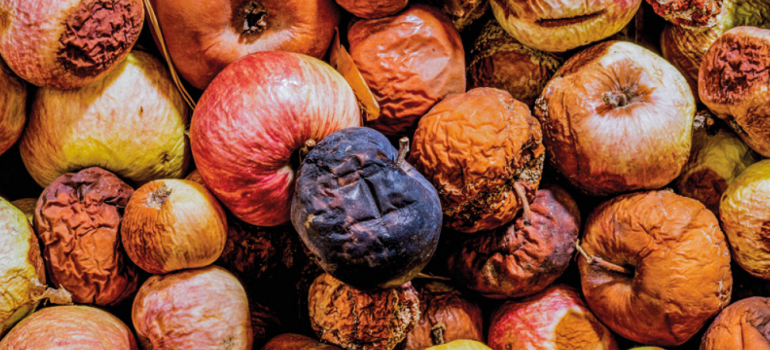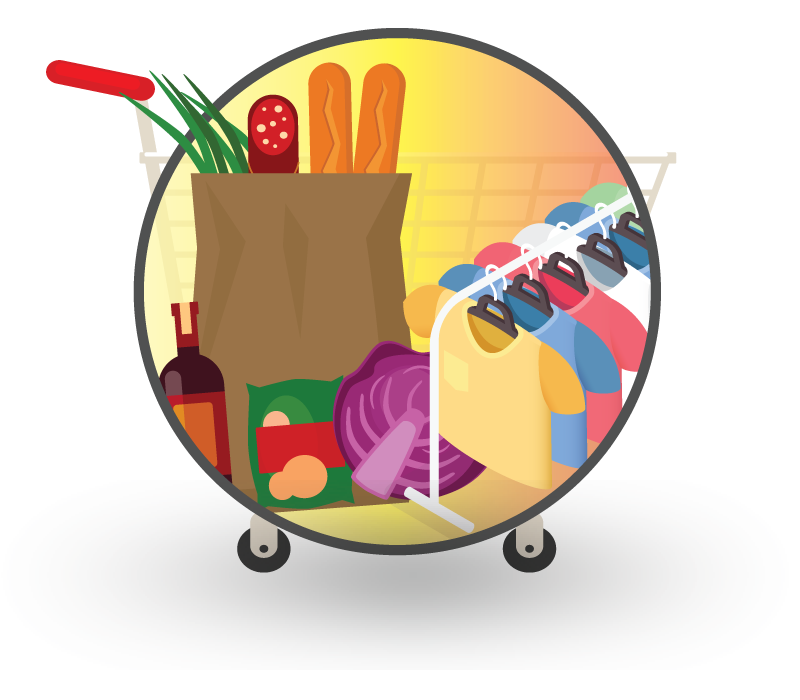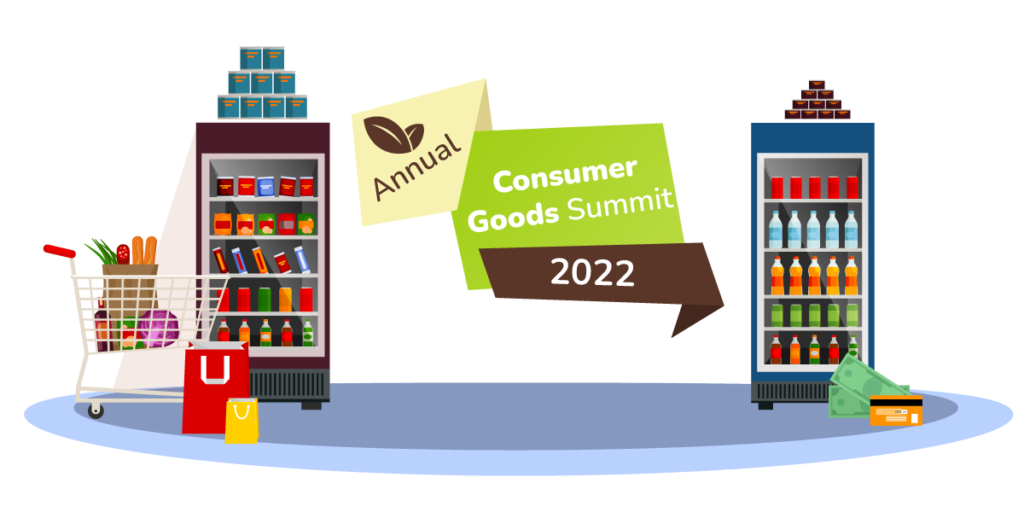An estimated $600 billion in food is wasted during or shortly after harvest. Can manufacturers intervene? Certainly, and it will benefit businesses, people, and the environment.
Every year, 33 to 40% of the world’s food is lost or squandered. In less difficult times, this was a sad truth; now, with a worldwide food catastrophe approaching as a result of the war in Ukraine, COVID-19, and climate change, it is much more so. Already, one in every nine people in the globe starves, amounting to more than 800 million people. Food loss and waste will have far-reaching implications.
It should also become a corporate focus. McKinsey’s investigation of the farm-to-retailer food supply chain finds that food waste is caused by inefficiencies, and its hidden costs are frequently equal to or more than retailers’ net profit—even the best-performing ones.
The good news is that minimising food waste is indeed doable. Study demonstrates that food manufacturers are particularly positioned to lead worldwide initiatives to decrease food waste since they are at the hub of the food value chain. Working together and with all value chain actors, we believe they can reduce food waste by 50 to 70 percent. Two-thirds of the food that would otherwise be wasted might be diverted to human consumption, with the remaining one-third going to alternate applications like bio-based products or animal feed.
And the business benefits would be substantial as corporations would get economic and cash flow gains while also reducing their scope 3 emissions footprint. According to the findings, retailers might cut their cost of goods sold (COGS) by 3 to 6% and manufacturers by 5 to 10%. By establishing new enterprises from food that would otherwise be lost, grocers and manufacturers may collect $80 billion in new market potential. They might also reduce CO2 emissions and associated expenses by 4 to 9 percent.
Because food loss is a multifaceted issue involving several participants and processes, isolated methods will have minimal impact. To achieve significant change, all parties must collaborate.
How businesses can transform food waste into massive profits
What can food manufacturers do about food loss, which occurs mostly on farms? A successful action plan would include first establishing a baseline and setting goals, then planning and implementing initiatives in a methodical manner, and finally putting in place the enablers for long-term change.
Ultimately, reducing food loss would need a shift in mentality on the part of all parties. Food loss must be viewed as a result of inefficiencies and lost opportunities throughout manufacturing, procurement, R&D, the supply chain, and sales, rather than as an unavoidable cost of doing business or a specialised subject affecting primarily the sustainability department. Reduced food loss should be viewed as a potential value pool: a chance to boost both the top and bottom lines.
-
Establish transparency and goals
Food loss quantification and accountability aren’t (yet) a precise science; measuring methodologies and metrics are still being developed and discussed. But it is no reason for businesses to do nothing. If you are a food maker, you should strive to collect directionally correct information from a variety of sources and methodologies, such as questioning internal teams, checking data from suppliers, and studying third-party research. Work with your suppliers to understand and monitor food loss, maybe utilising the easily available online on-farm food loss measuring procedures. Set goals for your organisation and its suppliers, and include food loss visibility and minimisation into incentive systems. Maintain awareness of—or, better yet, engage in—industry initiatives to standardise reporting and certification standards.
Forward-thinking firms are actively collaborating with suppliers to map and identify food loss “hot spots” in the supply chain. Some businesses are creating an integrated database of supplier performance across locations. Others undertake a yearly external audit or require third-party evaluations of their suppliers’ performance on this subject. A few best-practice firms are leveraging digital technologies, such as blockchain, to make items traceable from farm to shop.
Don’t wait for flawless data; instead, acquire enough to get a sense of the scale of the problem. Creating awareness of how much loss occurs—and where—is a critical first step in creating urgency for change.
-
Establish higher aims
The analysis identified four levers that food producers may use to make a significant difference: limiting loss during manufacturing and processing, decreasing loss during transportation, selling more of what is produced, and architecturally avoiding loss. Each lever represents a set of possible actions. Some will need major investment as well as new methods of functioning. All of this will pay off, resulting in not just less food waste, but also a more efficient value chain, higher EBITDA, and reduced CO2 emissions.
Regardless of the path selected from above mentioned four levers, each corporation must fundamentally alter its interactions with other players in the food ecosystem. The following are particular methods by which producers and merchants might deviate from business as usual and make significant efforts in reducing food waste:
Collaborate with suppliers to improve supply and demand matching. This will necessitate far greater communication and openness among the value chain’s participants. Merchants must provide farmers with more information about predicted demand, and farmers must provide retailers with greater visibility into their production plans. Some organisations are beginning to participate in long-term planning with their suppliers, collaborating to agree on crop volume and mix not just for the current planting season, but also for the next and the one after that, minimising uncertainty for all parties involved.
Reform procurement practises. Your purchasing habits must shift substantially. Instead of focusing on short-term cost management and a commoditised vision of food, consider starting organised supplier collaboration activities or engaging into innovation-focused partnerships. Don’t pick providers just on the basis of pricing. Consider food loss reduction initiatives while drafting contracts, developing incentive systems, and defining performance indicators. Furthermore, examine requirements on a frequent basis and seek for ways to make them less severe without sacrificing food safety or sell-through. Reviewing specifications to optimise for loss reduction both at the farm and in the plant may result in lower volume needs for manufacturers.
Find innovative methods to transform food waste into profit. Farmers have a huge opportunity to sell more of their goods. Food that would otherwise be wasted may be transformed into new goods and profitable companies. Consider allocating R&D resources to the development of new revenue streams from unmarketable food. For example, AB InBev invested $200 million in processing factories to convert barley waste into protein and fibre ingredients. As a consequence, it created two new businesses: a dairy-free protein drink marketed under the Canvas brand and a protein component that AB InBev now distributes to other food makers.
-
Allow meaningful and long-term transformation
Food loss reduction will not be recognised as a strategic goal in any firm unless it is sponsored by the C-suite. Indeed, in an informal poll of a dozen industry leaders, two-thirds identified poor governance as the most significant impediment to the implementation of food loss programmes in their organisations.
A strong governance model, with cross-functional accountability encompassing procurement, R&D, the supply chain, manufacturing, marketing, and finance; clear responsibilities and objectives; and KPIs at the individual, functional, and enterprise levels, is thus one of the most important enablers for significant and sustained change. Designating a champion for each food loss project and agreeing on success metrics can assist assure progress. New performance measures may include the amount of food lost, the profit from up-cycling, or the money obtained from salvaging food that would otherwise be wasted.
End note:
The unfortunate fact in most businesses nowadays is that food loss is no one’s fault. No one person or group owns or advocates the subject. In some ways, businesses have had the luxury of not needing to pay close attention to food loss. That may soon change: as the globe approaches a possible food crisis and public awareness of the issue rises, external stakeholders will become more knowledgeable about food loss and, as a result, more demanding. They will force merchants and manufacturers to take action. Simply put, tackling food loss today is not just a decent thing to do; it is also smart business—and it will soon become mandatory.




